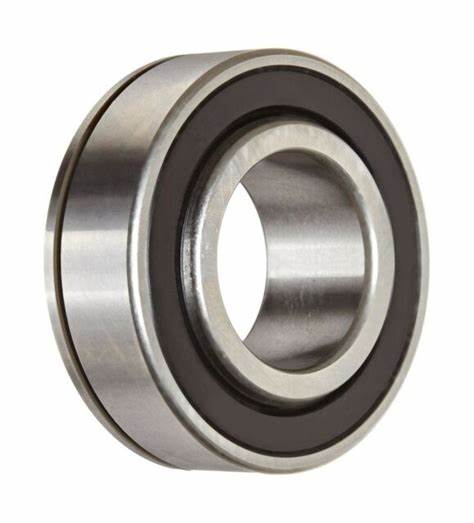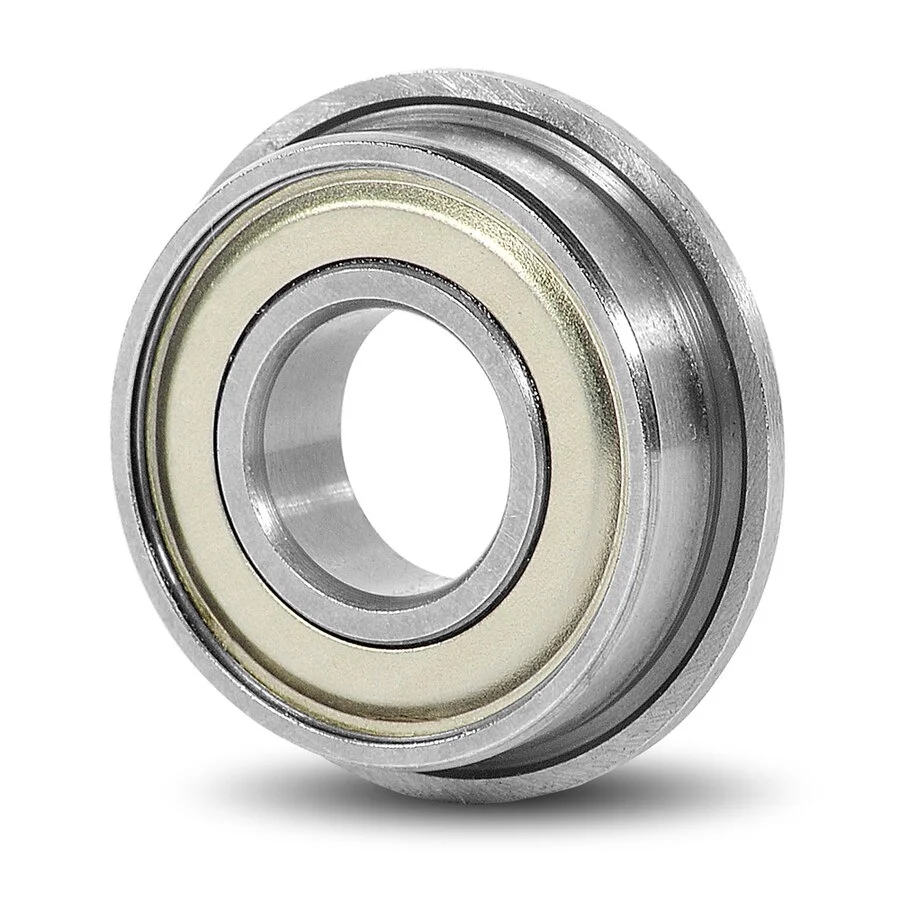An Overview of Small Bearings
CONTENTS
- Understanding Small Bearings
- Construction of Small Bearings
- Classification of Small Bearings
- Configurations: Open, Sealed, Shielded Small Bearings
- Materials Used in Small Bearings
- Advantages of Small Bearings
- What Are Small Bearings Used For?
- Guidelines for Selecting the Perfect Small Bearings
- Maintenance, Care, and Replacement
Small bearings play a crucial role in both modern industrial and domestic appliances. These bearings, despite their minute size, significantly influence the efficiency, performance, and lifespan of various equipment. In this blog, we delve deep into the fascinating world of small bearings, exploring their types, applications, and how to choose the right one for your needs.
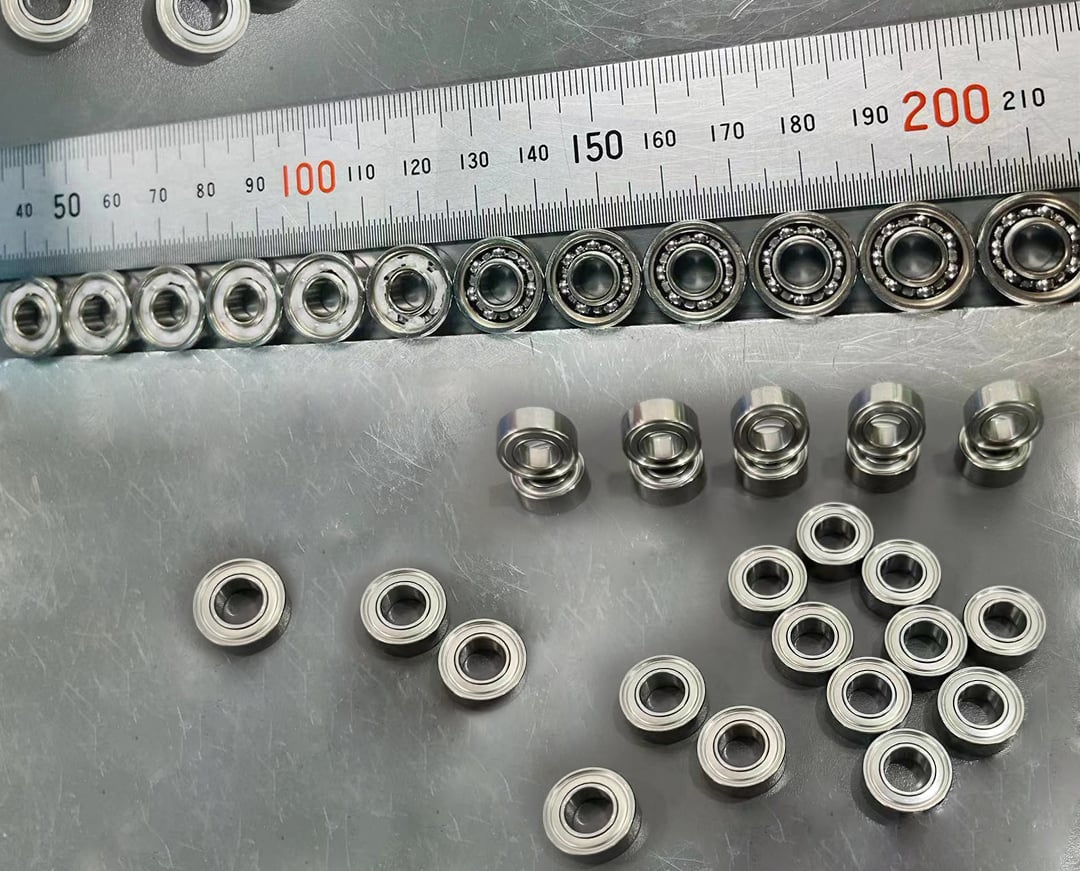
Understanding Small Bearings
From the rudimentary bearings used in ancient Egyptian chariots to the highly efficient ones today, the journey of small bearings has been marked by innovation. With technology's march, bearings have seen a transition towards miniaturization without compromising on performance.
What Is a Small Bearing?
A small bearing is a precision mechanical component designed to reduce friction between moving parts and support rotational or linear movement in compact spaces. Most of them typically offer precision tolerances from ABEC-1 to ABEC-9.
Outer & Bore Diameter
Typically, metric sizes are available with a bore size as small as 1.5mm and imperial sizes start at just 1/8″. However, custom small bearings can feature bore sizes as diminutive as 1 mm!
Other Names
- Small Ball Bearings
- Miniature Bearings
- Miniature Ball Bearings
- Micro Bearings
- Micro Ball Bearings
- Mini Bearings
- Mini Ball Bearings
Construction of Small Bearings
Small bearings comprise several components:
- Inner Ring: Acts as the primary raceway interface for the rolling elements, supporting the bearing load and facilitating smooth rotation.
- Outer Ring: This component provides the second raceway surface, working in tandem with the inner ring to support and distribute the load.
- Balls: These rolling elements minimize bearing friction between the inner and outer rings, ensuring smooth motion.
- Cage: Holds the balls in place, maintaining even spacing and preventing them from coming into direct contact with one another.
Certain small bearings come equipped with shields or seals, or even snap rings.
- Seals and shields: serve as protective barriers for bearings.
- Snap rings: provide a shoulder to retain parts, preventing them from moving out of position, and can also help reduce vibration and axial play.
Classification of Small Bearings
Small bearings can be classified according to different standards.
Based on Measurement System
- Metric Size Small bearings:
- Inch Size Small bearings:
Based on the Shape of Inner Ring
- Small bearings without Extended Inner Ring (Standard)
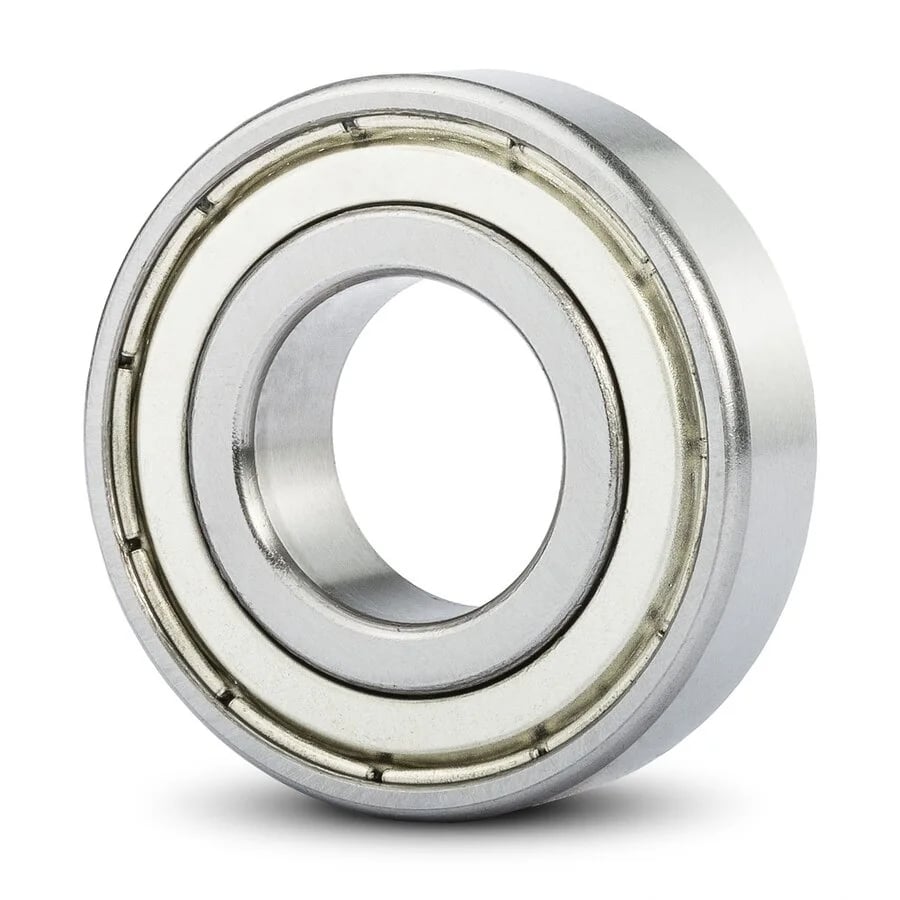
- Small bearings with Extended Inner Ring
Miniature Ball Bearings with Extended Inner Ring
Miniature Flanged Ball Bearings With Extended Inner Ring
The extended design can provide the follow advantages:
- Additional Shaft Support
- Elimination of Spacers
- Improved Alignment
- Reduced Installation Time
- Variety in Sealing Options
Based on Flanges
- Small bearings without flanges (standard)
- Small bearings with flanges: They can simplify mounting and enhance axial positioning, especially beneficial in applications with axial loads or rapid movements.
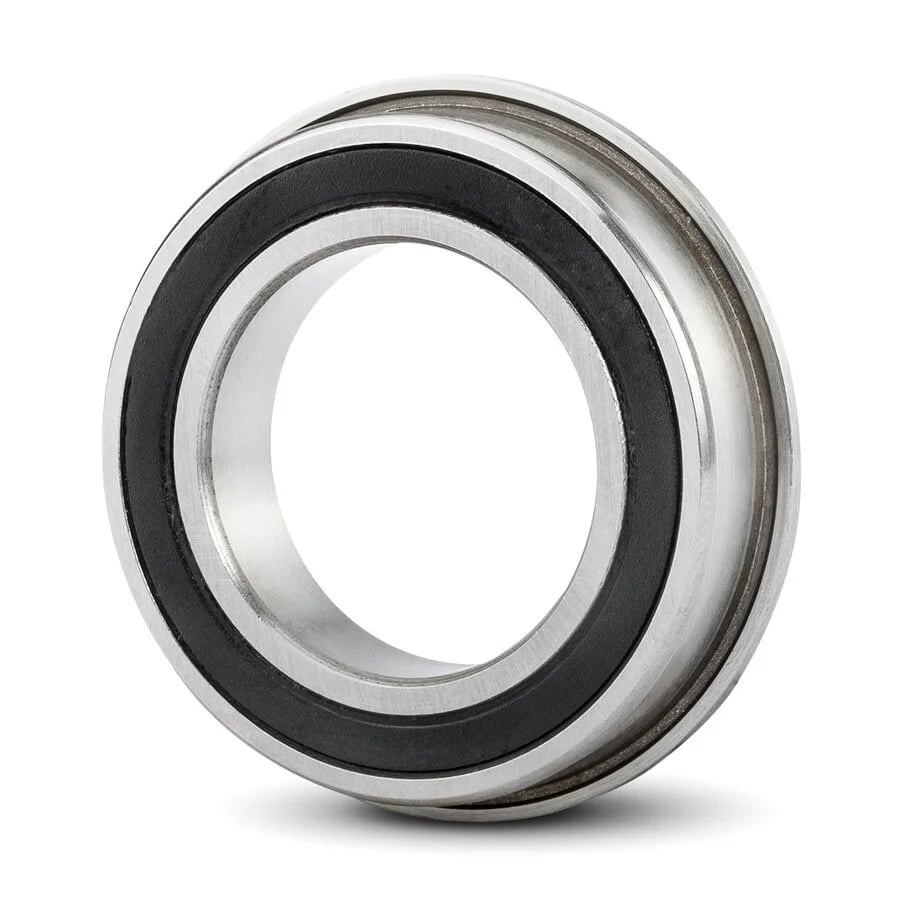
Based on Types of Load
- Radial small bearings: Deep groove design, which allows for higher radial load capacity.
- Miniature Thrust Ball Bearings: These are designed specifically to handle axial loads, which are loads parallel to the axis of rotation.
- Angular Contact Small Bearings: Non-parallel raceways, which create an angle with the bearing axis. They can be used in pairs or sets for higher load capacity and better support of combined radial and axial loads.
- Full Complement Small Bearings: Increased radial load capacity due to the maximum number of balls. However, they operate at lower speeds because there's no cage to keep the balls uniformly distributed.
Configurations: Open, Sealed & Shielded Small Bearings
Small bearings play a pivotal role in ensuring the smooth operation of various machinery components. Their design, especially in terms of sealing and shielding, significantly influences their efficiency, longevity, and applicability in different environments.
- Open Small Bearings: Optimal heat dissipation, maximum speed capabilities, and ease of lubrication.
- Shielded Small Bearings: Effective in preventing the ingress of larger particles, reduced friction as compared to sealed bearings, and suitable for high-speed applications.
- Sealed Small Bearings: They come with a built-in seal, usually made of rubber or synthetic material, protecting the bearing from external contaminants and preventing lubricant leakage.
Read Shielded Vs Sealed Bearings to learn more information.
Materials Used in Small Bearings
Materials play a pivotal role in determining bearing performance. Here are common materials for small bearings.
- Chrome steel: High fatigue strength, excellent wear resistance, and affordability.
- stainless steel: With rust and corrosion resistance, stainless steel bearings are ideal for applications where moisture, corrosive chemicals, or high hygiene standards are present.
- Ceramics: Low coefficient of friction, resistance to heat and reduced wear and tear, small ceramic bearings are especially favored in high-speed or high-temperature environments.
Advantages of Small Bearings
- Space-saving: Their compact design fits applications with limited space, enabling innovative and efficient designs.
- High Precision: Specifically engineered for accurate and precise movements, ensuring optimal performance.
- Low Friction: Minimizes energy losses, leading to increased efficiency and longevity of machinery.
- Durable: Designed for resilience and long service life, offering reliability even in challenging conditions.
What Are Small Bearings Used For?
Small bearings, due to their compact size and precision performance, are utilized in a myriad of applications across various industries, such as:
- Flow meters
- Cryogenic coolers
- Fuel controls
- Motors
- Gyros, synchros and servos
- Medical and industrial handpieces
Guidelines for Selecting the Perfect Small Bearings
Picking the right small bearing matters a lot. Think about what job the bearing has to do and where it will work. Also, consider what it's made of and if it needs extra protection. Here's a guide to aid your decision-making:
- Determine Your Needs: What's the bearing's main job? Is it meant for radial, axial, or combined loads?
- Assess the Environment: Where will the bearing go? Will it be exposed to high temperatures, moisture, or dirt?
- Match Equipment Specifications: Check the bore and outer diameters of the bearing to ensure it aligns with your machinery's requirements.
- Material Selection: Opt for materials like chrome steel for wear resistance, stainless steel for corrosion resistance, or ceramics for high temperatures.
- Protection Choices: Choose between shields for basic protection or seals for enhanced defense against contaminants.
- Consult Load & Speed Ratings: Review the manufacturer's specifications and make sure the bearing can handle your machinery's operational demands in terms of load and speed.
- Seek Expert Advice: Not sure? Consult with a bearing specialist or the manufacturer to ensure you're making an informed decision.
Maintenance, Care, and Replacement
Proper maintenance of small bearings is paramount for their prolonged performance, longevity, and ensuring machinery operates at optimum efficiency. Here are some crucial insights into maintaining these vital components:
- Regular Inspection: Routinely check for signs of wear or damage to prevent major issues.
- Lubrication: Use appropriate lubricants to reduce friction and extend lifespan.
- Cleaning: Remove dirt and debris periodically, followed by re-lubrication.
- Correct Installation: Ensure proper alignment and fit to avoid premature wear.
- Monitor Signs: Pay attention to unusual temperature rises or noises.
- Replacement: Know when maintenance isn't enough, and a replacement is necessary.
Adhering to these guidelines can ensure the longevity and efficient functioning of small bearings.
Keep Learning



